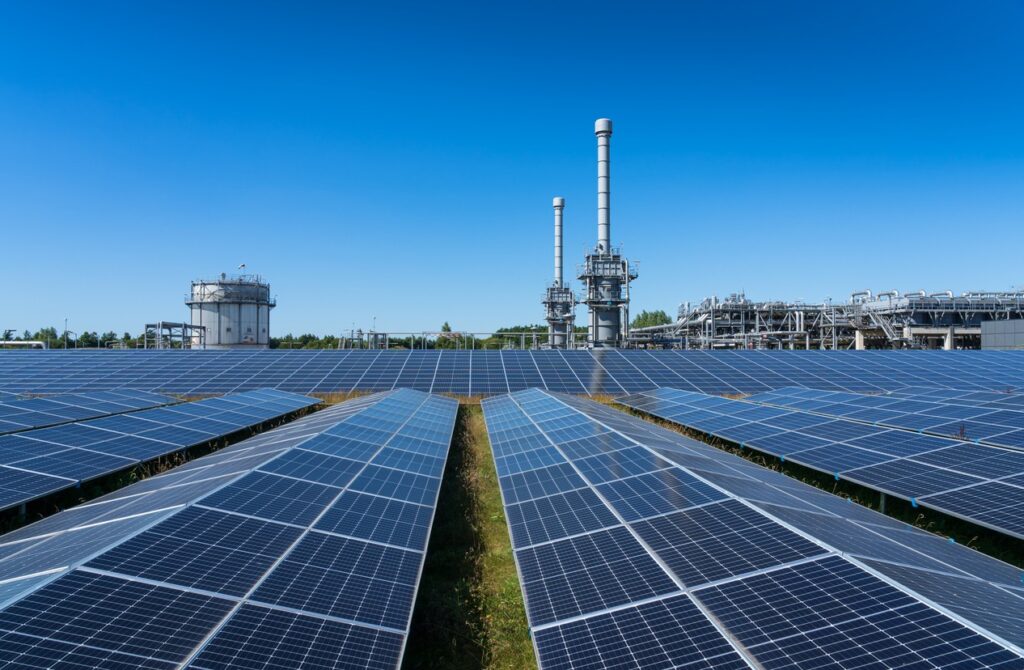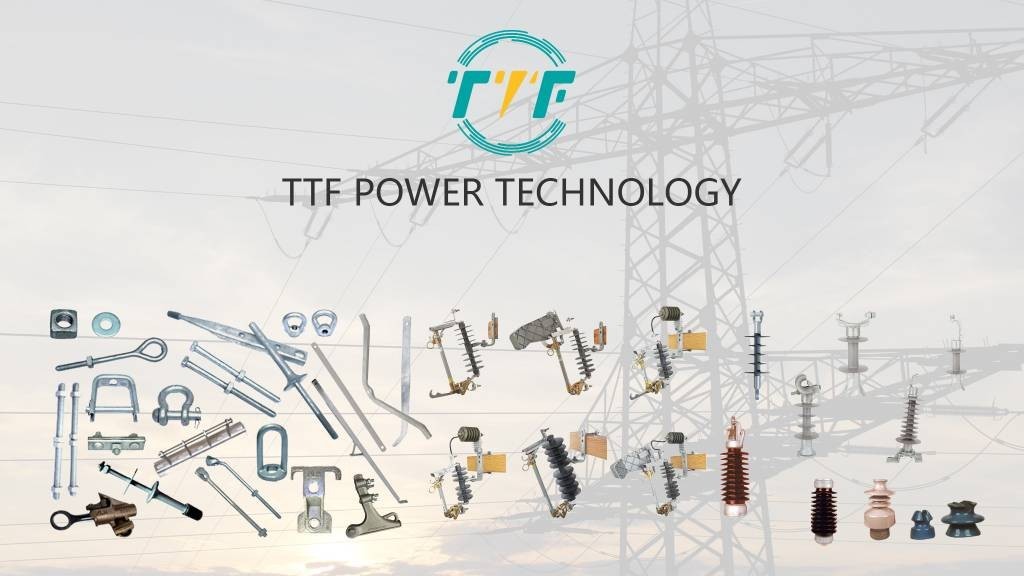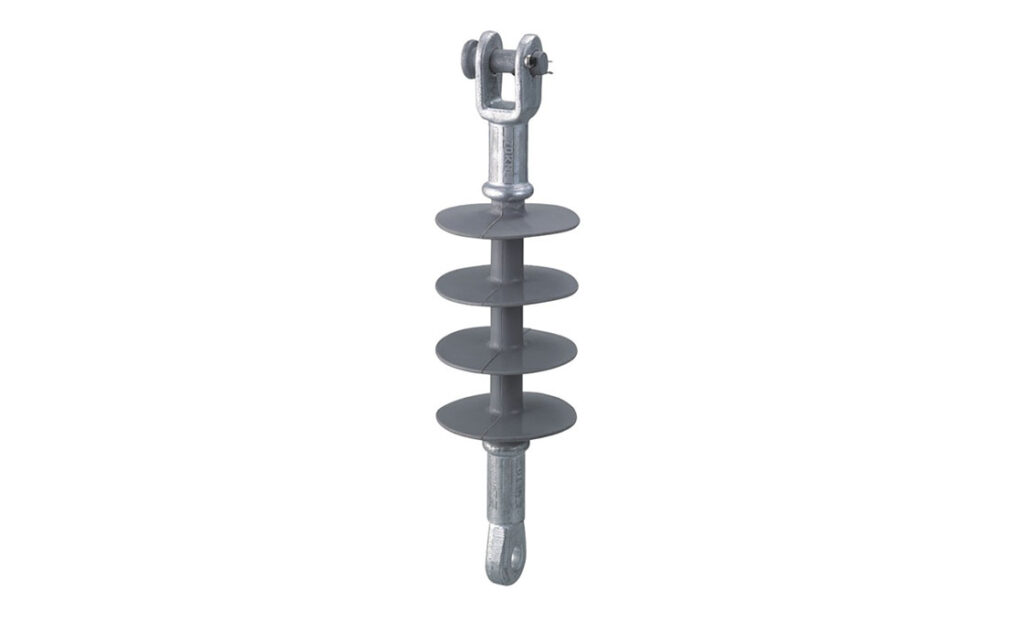
Solar energy is a crucial part of renewable energy development and sustainable energy solutions in Ecuador. The nation is investing in renewable energy to diversify its energy mix to meet the increasing energy demand. Loja in Ecuador has high solar potential due to its sunny climate, providing solutions to meet climate goals. The Ecuadorian government has put in place policies and incentives to promote clean energy. The development of solar power plants in Ecuador helps reduce the reliance on fossil fuels in the country. This helps improve energy security and reliability and creates sustainable economic opportunities for local communities. The Loja solar power developments align with global sustainability goals and the country’s commitment to renewable energy. High-quality pin insulators ensure the safe, efficient, and reliable operation of the electrical infrastructure of solar installations.
Pin insulators isolate conductors while handling high-voltage currents and resist the country’s challenging environmental conditions. Pin insulators serve on the high-voltage lines connecting the solar array to the grid. This ensures the electricity flows safely through the conductors without leakage to the metal frames. Pin insulators protect the electrical system from faults that could result in system failures. They have designs to withstand high voltage and prevent electrical arcs to maintain system safety. Ecuador has diverse climates, including humid coastal regions and mountainous areas. Pin insulators withstand environmental stressors like rain, moisture, dust, and heat. Their properties prevent electrical discharges that could cause damage in wet conditions.
Key barriers limiting solar power plant development in Ecuador
Ecuador has potential for solar energy development given its high solar irradiance and strategic location. Solar power provides diversification of energy sources, reduces greenhouse gas emissions, provides energy security, and promotes economic growth. Solar plant development helps Ecuador access international climate finance, increase public-private partnerships, and increase community engagement. However, the development faces various challenges that may limit or delay the development of solar plants. The following are the challenges limiting the development of solar power plants in Ecuador.

- High initial investment costs—solar plants need high upfront costs, which include the purchase of solar panels, inverters, mounting systems, and other equipment.
- Limited grid infrastructure—Ecuador’s electrical grid infrastructure is underdeveloped in many regions. This makes it difficult to send electricity generated from solar plants to urban centers.
- Intermittency and energy storage—the intermittent nature of solar power may limit the production process. Solar plants without energy storage systems cannot provide a consistent power supply, which limits their reliability.
- Competition from fossil fuels—fossil fuels are a significant part of the energy mix for backup power generation. The availability of cheaper fossil fuels makes solar energy less competitive.
- Limited access to financing—access to affordable financing for renewable energy projects is limited in Ecuador. Limited credit availability may delay the development of solar plants in Ecuador.
- Environmental factors: Ecuador has diverse climates, including heavy rainfall and volcanic activities. These conditions pose risks to solar plant infrastructure and other equipment.
The roles of pin insulators in solar plant development in Ecuador
A pin insulator is an electrical insulator that supports and isolates electrical conductors from the supporting structures. It is made from materials like porcelain, glass, or composite polymers. Pin insulators ensure the safe and efficient transmission of electricity generated by solar panels. The following are the common functions of pin insulators in solar plant development in Ecuador.

- Electrical isolation and safety—pin insulators prevent electrical current from flowing into the supporting structure. They serve in the electrical distribution network to ensure safe and reliable operation.
- Support for overhead lines—large-scale solar farms provide electricity that is transmitted through overhead lines to the grid. The insulators support overhead lines and keep them isolated from the poles.
- Durability in harsh environments—pin insulators withstand environmental stresses such as rain, humidity, UV radiation, and temperature fluctuations.
- Preventing power loss—pin insulators reduce electrical leakage and power loss during transmission. This ensures the greatest amount of electricity generated by solar panels reaches the end users.
- Integration with the national grid—solar power plants in Ecuador connect to the national grid to distribute electricity. Pin insulators serve in grid infrastructure to support and isolate transmission lines and ensure efficient and safe integration of solar energy.
- Off-grid and microgrid systems—pin insulators aid in constructing small-scale distribution networks and help deliver electricity to households.